#HenryFord
This Day In Automotive History: Model T Assembly Line Starts For First Time – October 7, 1913
Regardless of what you may read elsewhere today, October 7, 1913 was not when the first automotive assembly line was started up. Yes, 100 years ago today, after some experimentation at the Piquette Ave. factory, and then tested with magneto assembly, Henry Ford’s lieutenants at his Highland Park factory for the first time started up a moving conveyor line for the assembly of complete Model T automobiles. Ford Motor Company, though, was not the first automobile manufacturer to use an assembly line process.
Preservation Group Crowdsources Purchase of Ford's Highland Park Buildings, Reprises "Five Dollars a Day"
What remains of Ford Motor Company’s Highland Park plant, where the moving assembly line was developed and implemented.
Ford Motor Company’s Highland Park plant was the location of the first moving automotive assembly line a century ago this year. Henry Ford started to build the Highland Park complex in 1910, needing more capacity than he could produce in the Piquette Avenue plant. Getting away from Detroit taxes and more effectively being able to influence politics in the small municipal enclave within the Detroit city limits were also factors in Ford’s move. Much of the large complex, designed by famed architect Albert Kahn, has long since been demolished but a Detroit economic and community development group is trying to buy the plant’s office building, which still stands, and turn it into a center for information on automotive related attractions in the Detroit area.
Alternate History: What If Henry Ford, and Not Edsel, Had Died Young?
Diego Rivera mural, Detroit Institute of Arts
I was at the Eleanor and Edsel Ford estate today for the media preview for the Eyes On Design car show coming up on Father’s Day this Sunday. The grounds of the Ford home are where the show is held every year – in honor of Edsel’s seminal role in the history of automotive styling. Eyes On Design is a unique car show. The cars are concours level (many Eyes On Design cars get shown at the Concours of America (formerly Meadow Brook)) but they’re not judged on build quality or meticulous authenticity. The show is pretty much run by car designers and the cars are judged on their design, not whether or not the air cleaner is factory or aftermarket. After the press event I walked around the 87 acre site, checking out the outside of the home and the other buildings, which were (no surprise here) Albert Kahn designs. Henry Ford’s greatest asset was his sheer indomitable nature. His second greatest talent was surrounding himself with talented people like Kahn.
Note to Lincoln: If Your Heritage Really Means Something, Then Restore Henry Leland's Grave
2010 photo courtesy of Cars In Depth
Henry Leland is a man without an automotive country though he started both surviving American luxury automobile brands. He founded Cadillac from the economic ruins of Henry Ford’s second failed car company (the third time was a charm for Ford), having been brought in by Ford’s financiers to appraise the company’s assets for a planned liquidation. Leland ran Leland & Faulkner, Detroit’s premier machine shop. Instead of liquidating Ford’s assets he convinced them to build cars using an engine of his own design that he originally had planned on selling to Ransom Olds. That new car became the basis of Cadillac, later acquired by General Motors.
Curbside Classic: 1973 Continental Mark IV
Ironically, the Continental Mark IV is the most “American” car ever. It’s the ultimate counterpart to that most continental/ European car ever, the VW Rabbit/Golf Mk I that appeared about the same time. The Golf was a brilliant triumph of modern design: space efficiency, economy, light weight, visibility, sparkling performance and handling. And in Europe, the Golf became known as the “classless” car; one that didn’t make a statement about its owner. The Mark? Well, take all those qualities, turn them upside down, inside out, and then toss them out the window. Americans have long had ambivalence about “modern” anyway; it hinted at socialistic and intellectual influences that didn’t always sit so well. The most modern American car ever was the Corvair, and look how that turned out. Even the Kennedy Lincolns were a touch too modern. America was ripe for the first true post-modern car, and Ford was the obvious company to make it.
Lincoln: A Brief History Up To 1961
In honor of our greatest president’s birthday this Friday, it’s going to be Lincoln Week at Curbside Classic. We’ll start with a brief history of the brand to set us up for the sixties, when our featured cars begin.



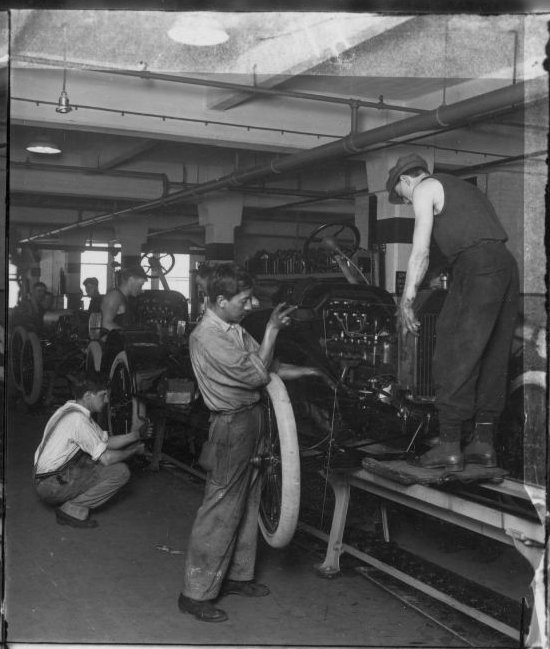
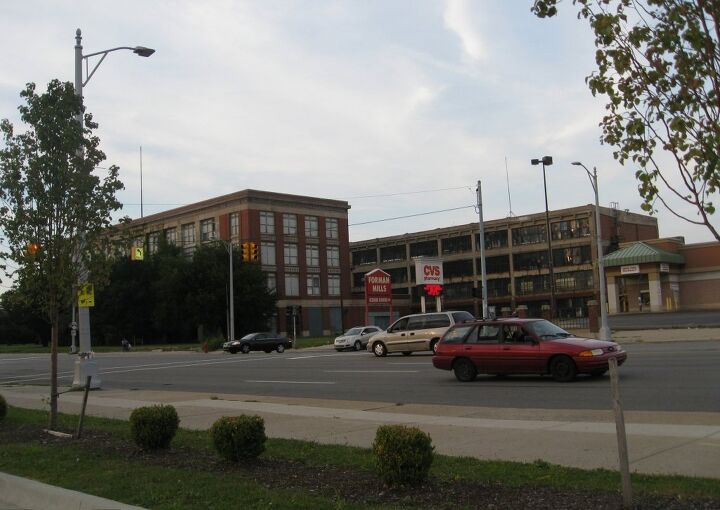
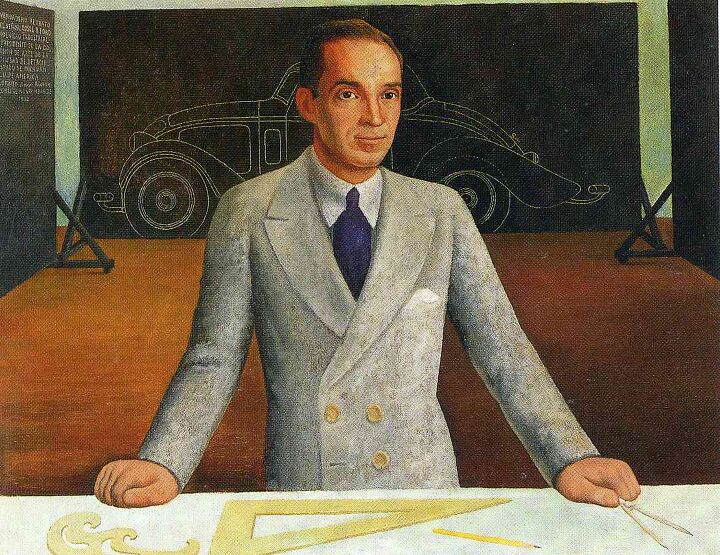
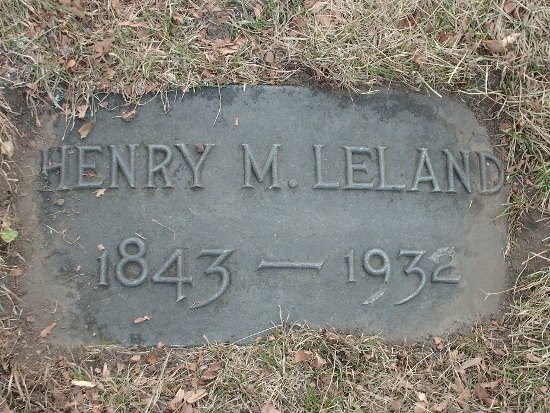
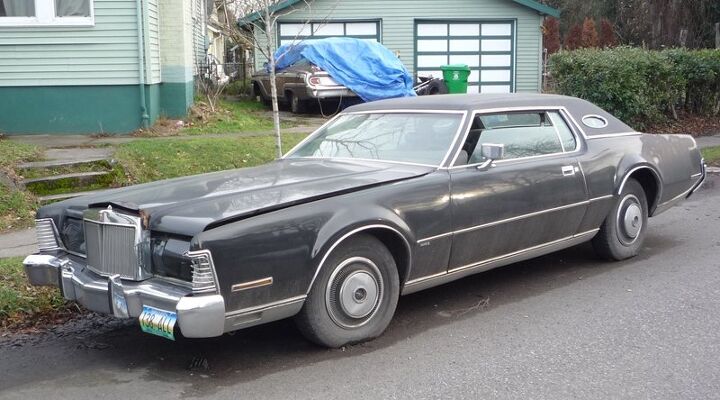
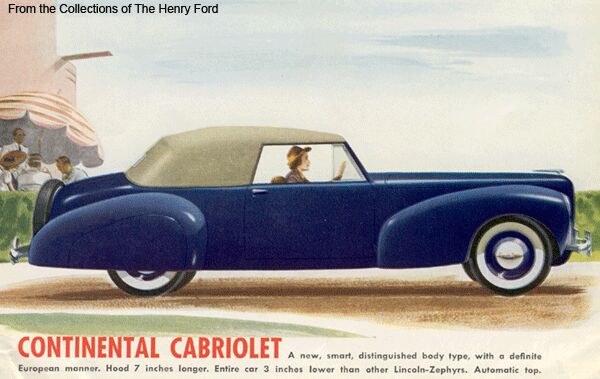












Recent Comments